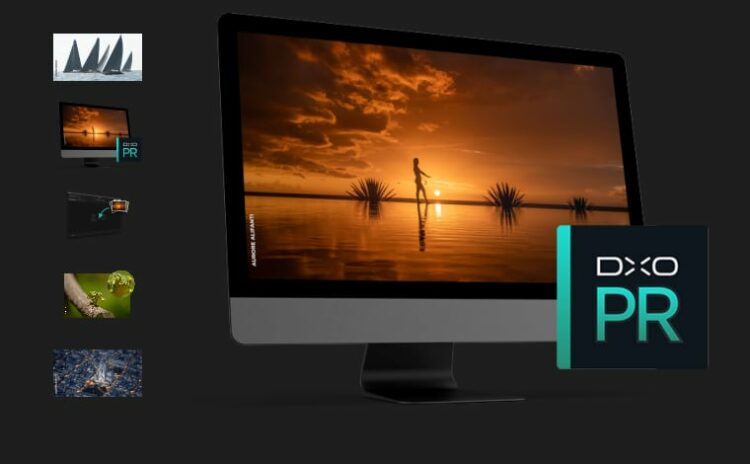

It reminds me of an E-M5 that mated with an E-M1 and an OM-4 for good measure. Initial appearances suggest that the whole thing has gotten just a little bit meaner and more serious: the paint finish is now rough, the shells are a bit thicker, the weather sealing a bit more complete, and the rubber a bit grippier. Those familiar with the original camera will find that simultaneously a lot and not much has changed – and this is going to be a recurring theme throughout the review. *If I did, good business sense would dictate I’d be reviewing stuff for a living instead of working as a photographer. Any piece of equipment must therefore be able to justify itself by opening up the shooting envelope. Let me make it clear before I get accused of being an Olympus fanboy again that this camera is a normal unit bought at retail with my own money. On top of that, I’ve had enough product images stolen by various unscrupulous entities – including major brands – that I’m going to make these as specific and unusable for marketing purposes as possible. And despite what armchair experts on forums think, I’ve never been paid for a review*, never worked for them (you’re confusing me with somebody else) or gotten any preferential treatment other than loaner units, which is no different to other sites and publications.
#DXO PURERAW 1.2 BUILD 237 FREE#
And before anybody asks about the black tape, I prefer not to retouch out reflections and do not believe in free advertising – undoubtedly just as Olympus Malaysia does not believe in free cameras.

#DXO PURERAW 1.2 BUILD 237 UPDATE#
A firmware update was subsequently released with EFC, but it only works in single shot mode.įirstly, I must apologize for the delay in this review, but it’s difficult to write a meaningful summary of something you have not shot with (though it never ceases to amaze me how often this happens both online and in print). The initial review unit did not, because it was a preproduction unit with a shutter module from a different batch.

On top of that, I tested >80 E-M1 bodies including >70 at Olympus Malaysia HQ, all of which exhibited the problem. Different users may have different thresholds of acceptability and different levels of shot discipline and not see any problems. *I demand critically sharp pixels and can achieve them with the same camera under other conditions. We were amongst the first to use the original E-M5 for video because of its stabiliser, and continued to use the E-M1s for video (including all of the workshop videos after The Fundamentals), Olympus and I then parted ways, and it appears they found new champions less demanding of their equipment. Thirdly, there was no real solution to the shutter shock problem of the E-M1, which produced unusable images under basically every shooting condition – from 1/90s to 1/350s*. Secondly, my output requirements have changed the cameras have never had sufficient resolution to make a meaningfully-sized Ultraprint. The reasons were simple: firstly, camera technology has moved on what was an impressive size/quality ratio in 2012 is not in 2015. Many of the long-suffering readers of this site will know that I had a period of enthusiasm for M4/3 gear (and specifically the original E-M5) before that abruptly came to a halt in early 2014. I am working on fixing the hard/sharp/uncomfortable edges of the battery grip with a silicone putty compound called Sugru, and will post the results in a future post.īetter late than never (or, I finally get around to trying out the second coming): the Olympus’ E-M5 Mark II. Hopefully, DxO will soon issue a new update to include the A1 Lossless Compression.My usual deployment: handheld video, with HLD-8 battery grip, Zeiss ZM 1.4/35 Distagon rin an adaptor, and a Zoom H5 audio recorder. Our developers are working on support at this time, and hope it will be added very soon.įor now, my workaround is to use Adobe DNG Converter to process the Lossless Compressed ARW file to DNG format before resuming my normal workflow. It is not, this is taking longer to support than just the camera itself. Is the lossless compression (see attached illustration file) still not supported in your version 1.2.0? However, it will not support Lossless Compression ARW images from Sony Alpha 1 ILCE-1.ĭXO PureRaw loads the image, but the thumbnail image is immediately replaced by vertical green and magenta lines. I am using DXO PureRaw Version 1.2.0 / Build 237 / 64 bit. I contacted the DxO support team and verified my finding. However, I found this is true for the compressed files. DxO issued an update in July (the new version is 1.2.0) just in time when my A1 arrived.ĭigital Camera World quotes: " DxO PureRAW 1.2 adds the Fujifilm GFX 100S, Hasselblad X1D II 50C, Leica CL and TL2, and Sony Alpha 1 to its list of supported cameras.". My A9ii workflow starts with DxO PureRaw and I am very happy with the result.


 0 kommentar(er)
0 kommentar(er)
